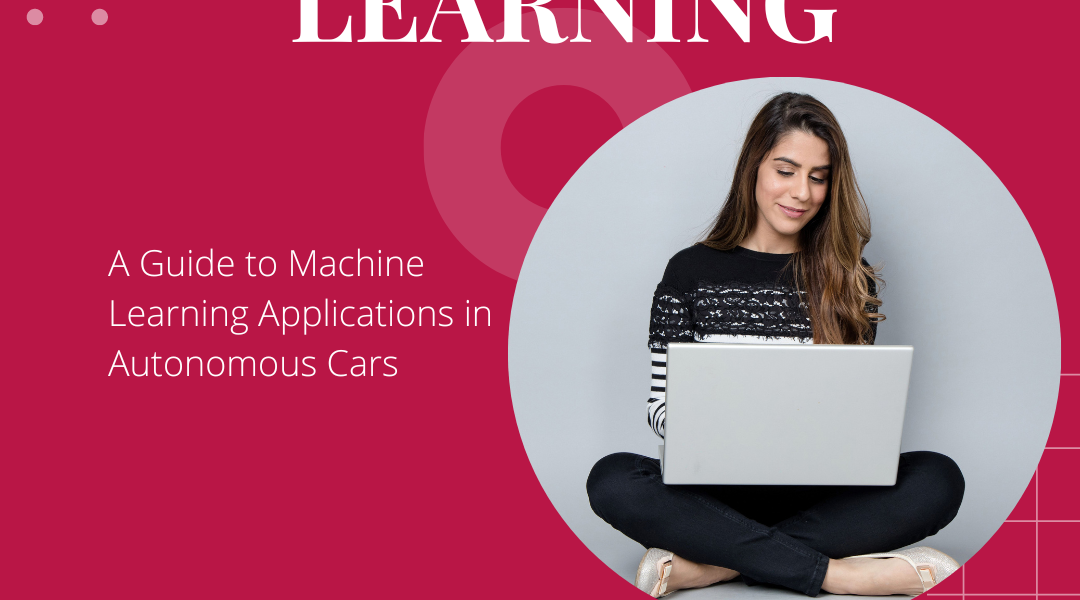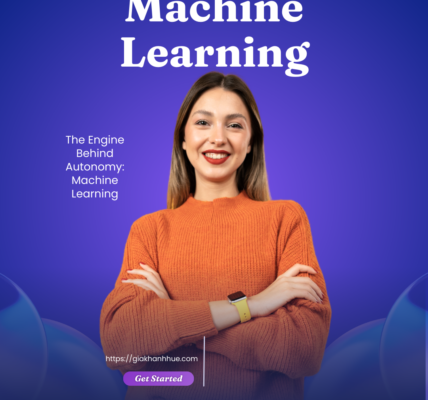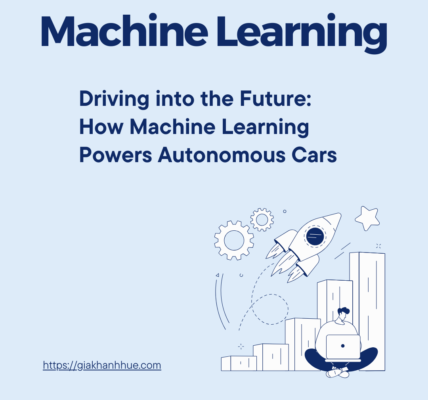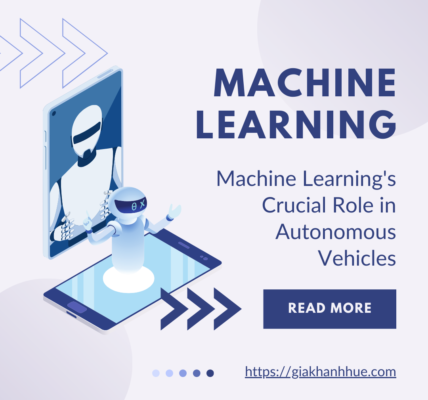The advent of autonomous cars is revolutionizing the way we perceive transportation, blending cutting-edge technology with everyday convenience. At the heart of this transformation is machine learning (ML), a subset of artificial intelligence (AI) that enables machines to learn from data and improve their performance over time. This guide delves into the pivotal role of machine learning in developing autonomous vehicles, highlighting its applications and impact on the future of mobility.
Understanding Machine Learning in Autonomous Cars
Machine learning algorithms allow autonomous cars to interpret and understand the world around them. By processing vast amounts of data from various sensors, including cameras, radar, and lidar, these vehicles can make informed decisions, anticipate potential hazards, and navigate complex environments with minimal human intervention. The applications of ML in autonomous vehicles are vast and varied, enhancing safety, efficiency, and the overall driving experience.
Key Applications of Machine Learning in Autonomous Vehicles
Object Detection and Classification: One of the fundamental applications of ML in autonomous cars is object detection and classification. Algorithms are trained to identify and differentiate between various objects, such as other vehicles, pedestrians, bicycles, and road signs. This capability is crucial for safe navigation and avoiding collisions.
Predictive Modeling: Machine learning enables vehicles to predict the actions of other road users. By analyzing patterns and historical data, ML algorithms can anticipate potential moves of pedestrians, cyclists, and other vehicles, adjusting the car’s path accordingly to prevent accidents.
Traffic Pattern Analysis: Autonomous vehicles use ML to analyze traffic flow and make optimal route decisions. This involves not just real-time traffic data but also learning from past traffic conditions to predict future patterns, reducing travel time and improving fuel efficiency.
Natural Language Processing (NLP): NLP allows vehicles to understand and respond to voice commands, facilitating hands-free operations and enhancing user interaction. This application of ML makes it easier for drivers to focus on the road, contributing to safer driving conditions.
Driver Monitoring: Machine learning algorithms can monitor driver behavior to detect signs of fatigue or distraction, issuing alerts or taking corrective actions if necessary. This application underscores the role of ML in augmenting safety features within autonomous cars.
The Future of Machine Learning in Autonomous Vehicles
As machine learning technology continues to evolve, its applications in autonomous vehicles are expected to expand further. Future advancements may include more sophisticated decision-making algorithms, enhanced object recognition capabilities under diverse conditions, and improved interaction between autonomous vehicles and smart city infrastructures. These innovations will not only advance the capabilities of autonomous cars but also pave the way for a more connected and intelligent transportation ecosystem.
Machine learning is at the forefront of driving the development and efficiency of autonomous vehicles. Its applications span from ensuring safety and navigation accuracy to enhancing user experience and operational efficiency. As technology progresses, the integration of ML in autonomous cars is set to redefine our transportation systems, making them safer, more efficient, and more sustainable.



